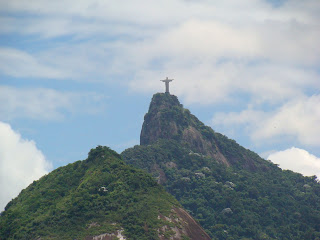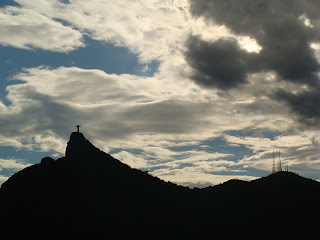The Berliner Dom in Berlin is an impressive basilica known as the "Protestant St. Peter's." The present Baroque structure dates only from 1905, but stands on the site of several earlier structures. Berlin's cathedral is not a must-see, but it is certainly worth a look if time allows. History
The earliest predecessor of the Berliner Dom was the St. Erasmus Chapel within the Hohenzollern royal court, which was elevated to the status of a collegiate church in 1465.
In 1536, Elector Joachim II transfered this "Domkirche" status to the former Dominican church south of the palace. After the elector accepted the Reformation in 1539, the Domkirche became a Lutheran church. In 1608, the the Dom was declared the highest parish church in the area. In 1613, Elector Johann Sigismund converted to Calvinism and the Dom became a court and parish church.
In 1747-50, that was replaced with a new cathedral north of the palace by Frederick the Great. Designed by Johann Boumann the Elder, this incarnation was in the Baroque style. After the royal sarcophagi were transferred from the crypt, the old cathedral was torn down.
To celebrate the union of Prussia’s Lutheran and Reformed communities, the Berliner Dom was renovated in the Neoclassical style in 1822 by the Berlin architect Karl Friedrich Schinkel.
Finally, on the order of Wilhelm II, Schinkel's domed cathedral was demolished in 1894 and construction began on the current cathedral. Completed in 1905, it is much larger than any of the previous buildings. Designed by Julius Raschdorff in a Baroque style with Italian Renaissance influences, it was considered a Protestant answer to St. Peter's Basilica in Rome. During World War II, the building was bombed by the Allies and severely damaged. A temporary roof was installed to protect what remained of the interior and in 1975 reconstruction began. The restoration of the interior was begun in 1984 and in 1993 the church reopened. During reconstruction, the original design was modified into a more simple form.
What to See
The large "Protestant St. Peter's" measures 114 m long and 73 m wide. Thedome is intricately decorated with mosaics. Other notable artworks include Sauer's Organ, the Neo-Baroque pulpit and stained glass windows designed by Anton von Werner. The main altar dates from 1850.
An excellent view of the dome and entire interior can be had from the dome'sgallery. The 270-step climb to the top is more pleasant than at most cathedrals, with a wide stairwell, plenty of places to pause, and interesting historic photos and models to look at along the way.
The most historically significant feature of the Berliner Dom is the crypt, with more than 80 sarcophagi of Prussian royals. The most impressive are the tombs of Frederick I and his queen, Sophie Charlotte. But non-enthusiasts may not find the tombs terribly interesting.
Font:www.sacred-destinations.com/germany/berlin-berliner-dom






















